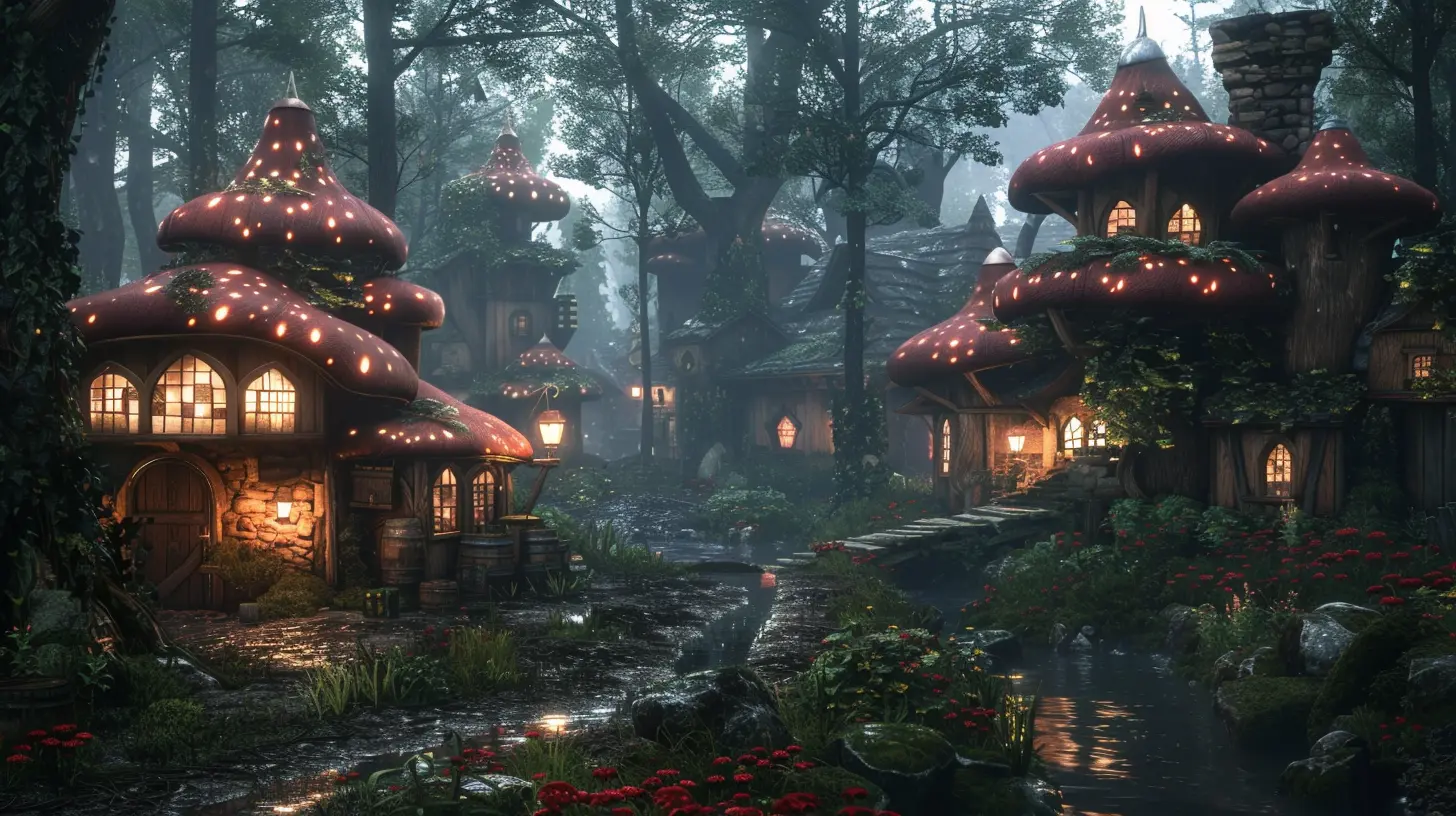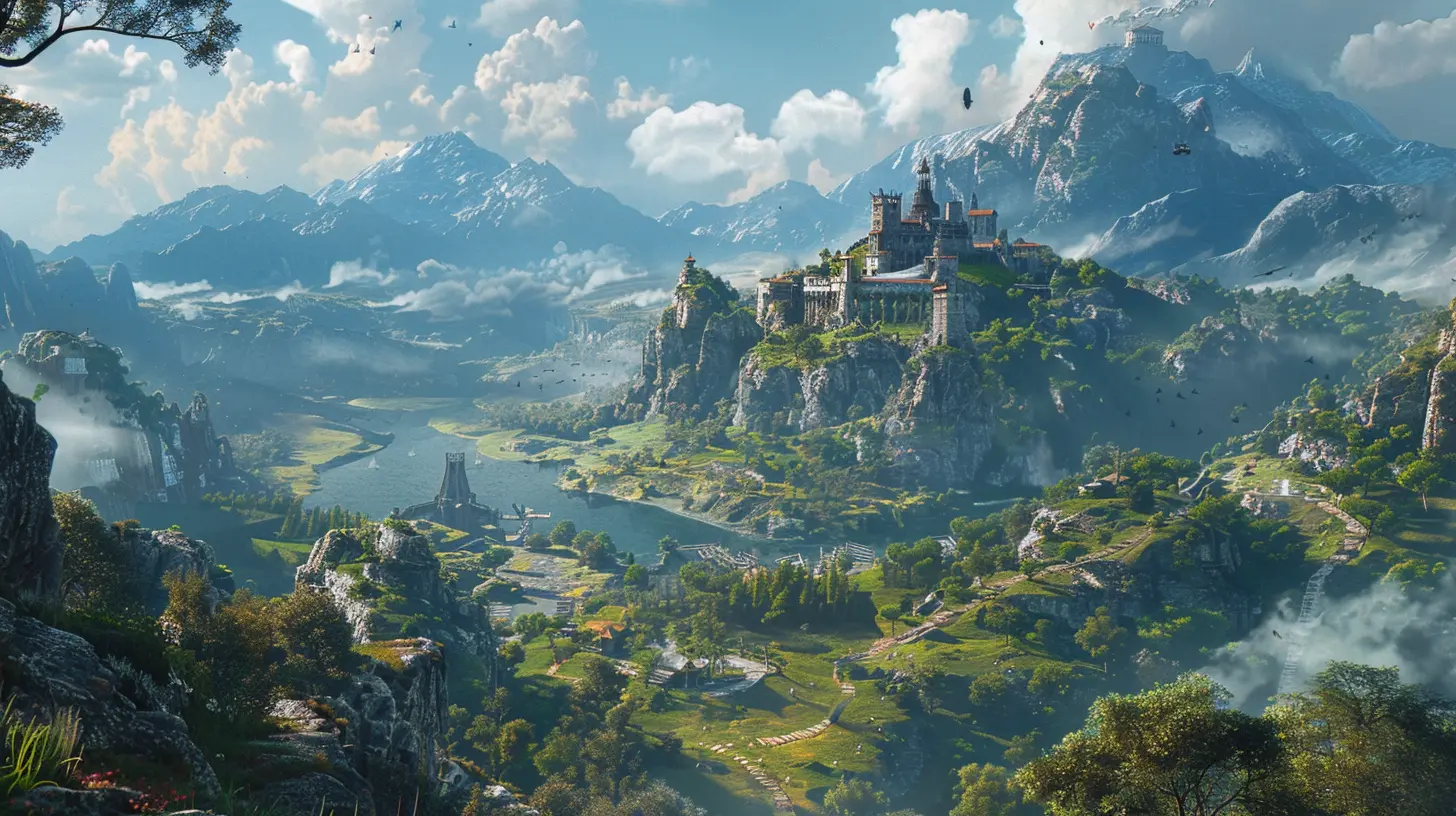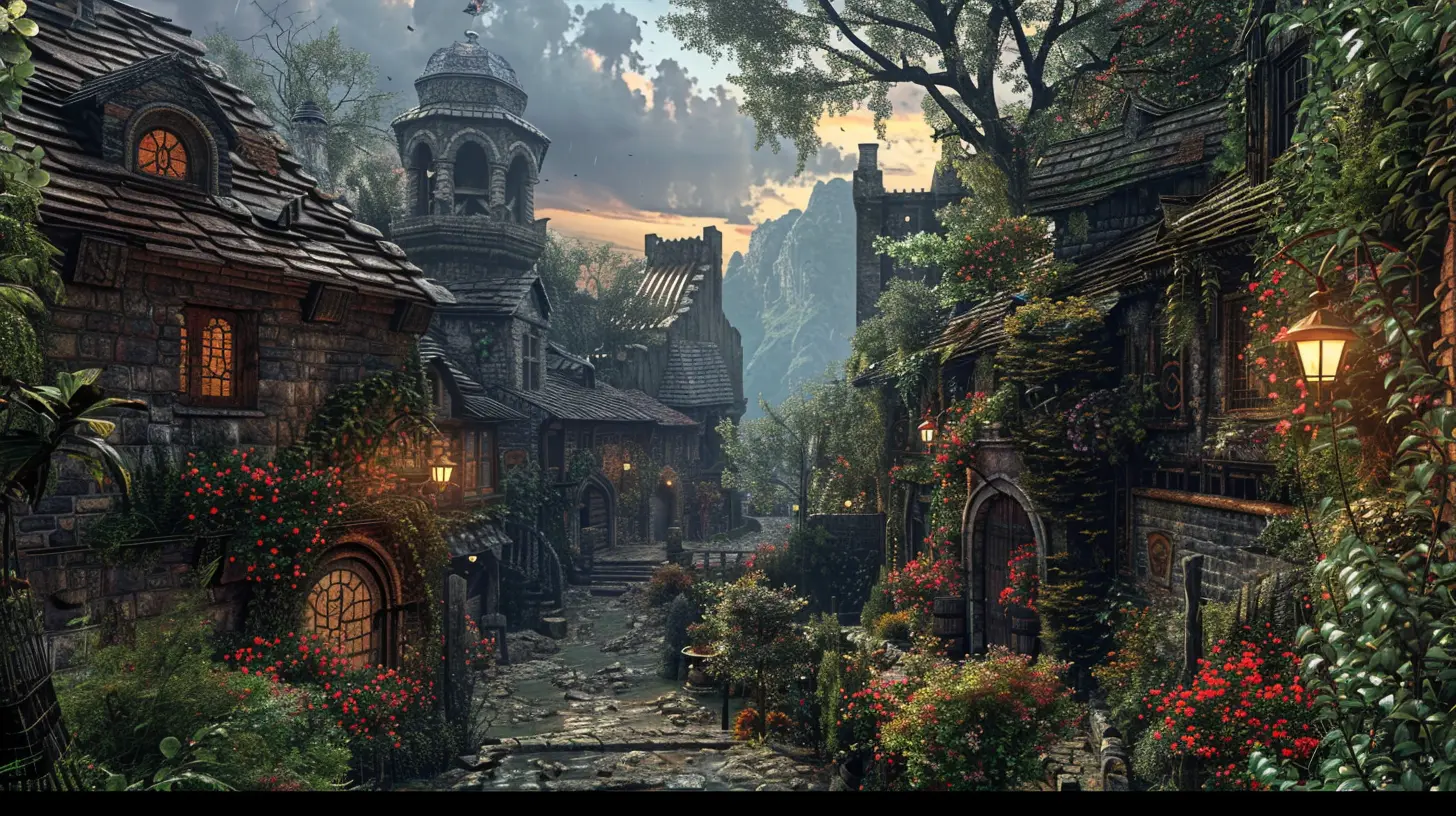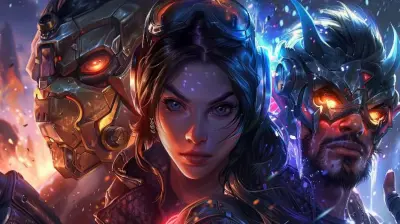How Sound Design Enhances Game Worlds
20 September 2025
When we think about games, our minds usually jump to visuals. Stunning graphics, intricate level design, lifelike character models—you know, all the eye candy. But there’s one element that often flies just beneath our radar and yet makes a world of difference: sound design.
Let’s be real. Have you ever turned the volume off while playing a game? It’s just not the same, right? Without sound, even the most visually striking game feels kind of hollow. That's no accident. Sound design is the secret sauce that transforms game worlds from digital canvases into living, breathing realities.
So buckle up, because we’re about to crank the volume up and dive deep into how sound design supercharges your gaming experience.
What Exactly Is Sound Design in Games?
Before we go further, let’s clear the air. Sound design in games isn’t just about music or epic boss battle themes—although those are awesome too. It’s the full package. We're talking:- Ambient sounds (like wind blowing through trees or the buzz of a neon-lit city)
- Footsteps and movement noises
- Weapon and combat effects
- Voice acting and character dialogues
- UI/UX sounds (menus, clicks, etc.)
- Environmental audio cues
Basically, if your ears can hear it, it’s sound design.
Why Does Sound Design Even Matter?
Let me hit you with a truth bomb: Sound shapes the way we feel.Imagine walking through a haunted mansion in a horror game. Now imagine doing that in total silence. Kinda kills the vibe, right? Sound is what makes your spine tingle. It’s what cues you to danger, victory, mystery, or wonder. It’s what makes you feel immersed.
That’s where sound design starts flexing its muscles.
Immersion: When You Forget You’re Playing a Game
Let’s talk immersion—the holy grail of game design. Every developer wants players to feel like they’ve crossed into another world. But visuals alone can't pull that off.Sound design bridges the gap between screen and soul.
The Sound of Realism
Ever noticed how different surfaces sound when you walk over them in games like The Last of Us or Red Dead Redemption 2? Grass has a subtle crunch. Wood creaks under your boots. Metal clanks with each step.These sounds ground the player in the world. They whisper to your brain, “Yep, you’re actually here.”
Environmental Audio Magic
Rain pattering on leaves. A distant wolf howling. The buzz of insects in the background. These small, dynamic sounds aren’t just pretty—they’re powerful. They create a living ecosystem your ears can explore.Games like The Witcher 3 or Ghost of Tsushima are practically audio vacations. You could close your eyes and still feel transported.
Audio as a Gameplay Mechanic
Now, here’s where it gets clever. Sound design isn’t just about mood or atmosphere—it’s about gameplay function too.Sound as a Guide
In many games, audio cues help guide you. Think of Resident Evil where you hear a zombie shuffling before you see it. You may not know where it is, but your ears alert you before it chomps on your face.Or Hellblade: Senua’s Sacrifice, which uses binaural audio to create realistic voices inside Senua’s head. These voices don’t just add to the story—they help you solve puzzles and dodge enemies. It’s genius and disturbing at the same time.
Detecting Danger and Opportunity
In competitive games like Call of Duty or Valorant, sound can literally be the difference between life and death. Hearing enemy footsteps, recognizing the reload click of a weapon, or identifying a teammate’s movement—these sounds give you an edge.That’s not just sound. That’s strategy.
Emotional Storytelling, One Frequency at a Time
Think back to the most emotional gaming moments you’ve experienced. The mournful violin in The Last of Us. The haunting lullaby in Bioshock Infinite. The rising tension in Dead Space as something creeps in the dark.Now imagine those scenes without the music or ambient sound.
Exactly. Audio is emotional glue. It tugs at your heart, builds suspense, and punches you in the gut when the story demands it.
Voice Acting: Bringing Characters to Life
You could have the best-written script in the world, but without good voice acting, it won’t land. Think about Geralt from The Witcher. His gravelly voice isn’t just iconic—it sells his character. Same with GLaDOS from Portal. Her deadpan delivery defines the entire tone of the game.Voice acting isn’t fluff. It’s character development. Tone, pitch, pauses, stutters—even silence—can speak volumes.
Creating a Unique Sonic Identity
Every unforgettable game has a unique audio fingerprint.- The coin sound in Super Mario?
- The stealthy “!” in Metal Gear Solid?
- That ridiculous “Headshot!” in Counter-Strike?
All instantly recognizable. That’s purposeful sound branding. Those audio cues are etched into our gaming DNA.
Great sound designers don’t just create effects. They craft signature moments your memory latches onto forever.
Dynamic Sound: Adapting to You in Real-Time
Old-school games had linear soundtracks, but modern titles are embracing adaptive audio. That’s when sound reacts to your actions in real-time.Scaling Tension Naturally
Take DOOM Eternal. The combat music pumps up as more enemies spawn and fades out when the arena clears. It’s not just background noise—it’s part of your battle rhythm.Or how about Horizon Zero Dawn? The music swells depending on whether you’re exploring, sneaking, or fighting. It’s like having your own soundtrack director.
Adaptive sound design adapts to your pace, choices, and outcomes. It’s not just immersive—it’s YOU-driven.
Audio Accessibility: Gaming for Everyone
Here’s something that doesn’t get enough attention—sound design makes games more accessible.For players with visual impairments, audio cues can provide just as much information as visuals. Some games go the extra mile by using spatial audio to indicate distance or direction.
Games like The Vale: Shadow of the Crown are entirely audio-driven and designed with blind players in mind. It’s proof that sound isn't just flair—it’s foundational.
Sound Design Tools of the Trade
Curious about how it's all done? Sound designers use tools like:- Middleware (FMOD, Wwise)
- DAWs (Digital Audio Workstations like Pro Tools or Logic Pro)
- Field Recording Equipment
- Synthesizers and Audio Libraries
But it’s not just about gear. The real magic comes from those who obsess over tiny details. The ones who spend hours recording raindrops, tuning enemy shrieks, or layering dozens of tracks to make a single explosion feel “just right.”
Indie vs AAA: Does Size Matter in Sound?
You might think only the big-budget studios pay attention to sound, but indie devs are giving them a run for their money.Games like Hyper Light Drifter, Hollow Knight, or Limbo have phenomenal sound design. Sometimes, having less to work with actually pushes creativity further. Indie devs often focus on minimalistic but effective audio that punches above its weight.
The Future of Sound Design in Gaming
So what’s next?We’re heading into an era of 3D spatial audio, procedural generation of soundscapes, and AI-assisted sound design. With tech like the PlayStation 5’s Tempest 3D AudioTech and VR audio experiences becoming standard, sound will no longer be a sidekick—it’ll be a lead character.
Soon, games won’t just sound good—they’ll sound real.
Final Thoughts: Hear the Difference
Next time you boot up a game, do yourself a favor. Stop and listen. Truly listen. It’s not just background noise—it’s the invisible architect shaping your emotions, guiding your gameplay, and breathing life into pixels.Sound design is the unsung (pun intended) hero of game worlds. It’s what turns code into a canvas for your imagination.
So whether you're storming castles, surviving zombie apocalypses, or just wandering a peaceful village—remember: every footstep, whisper, and explosion was crafted to pull you in deeper.
And that’s why sound design doesn’t just enhance game worlds—it makes them unforgettable.
all images in this post were generated using AI tools
Category:
Game WorldsAuthor:

Leandro Banks
Discussion
rate this article
1 comments
Niva McAnally
Sound design is the unsung hero of game worlds, transforming pixels into immersive realities. It's not just background noise; it's the heartbeat of gameplay. From the creak of a wooden floor to the haunting whispers in the dark, sound shapes our emotions and memories, making every gaming moment unforgettable.
September 22, 2025 at 3:11 AM

Leandro Banks
Absolutely! Sound design truly elevates the gaming experience, grounding players in the world and evoking powerful emotions that visuals alone can't achieve.


